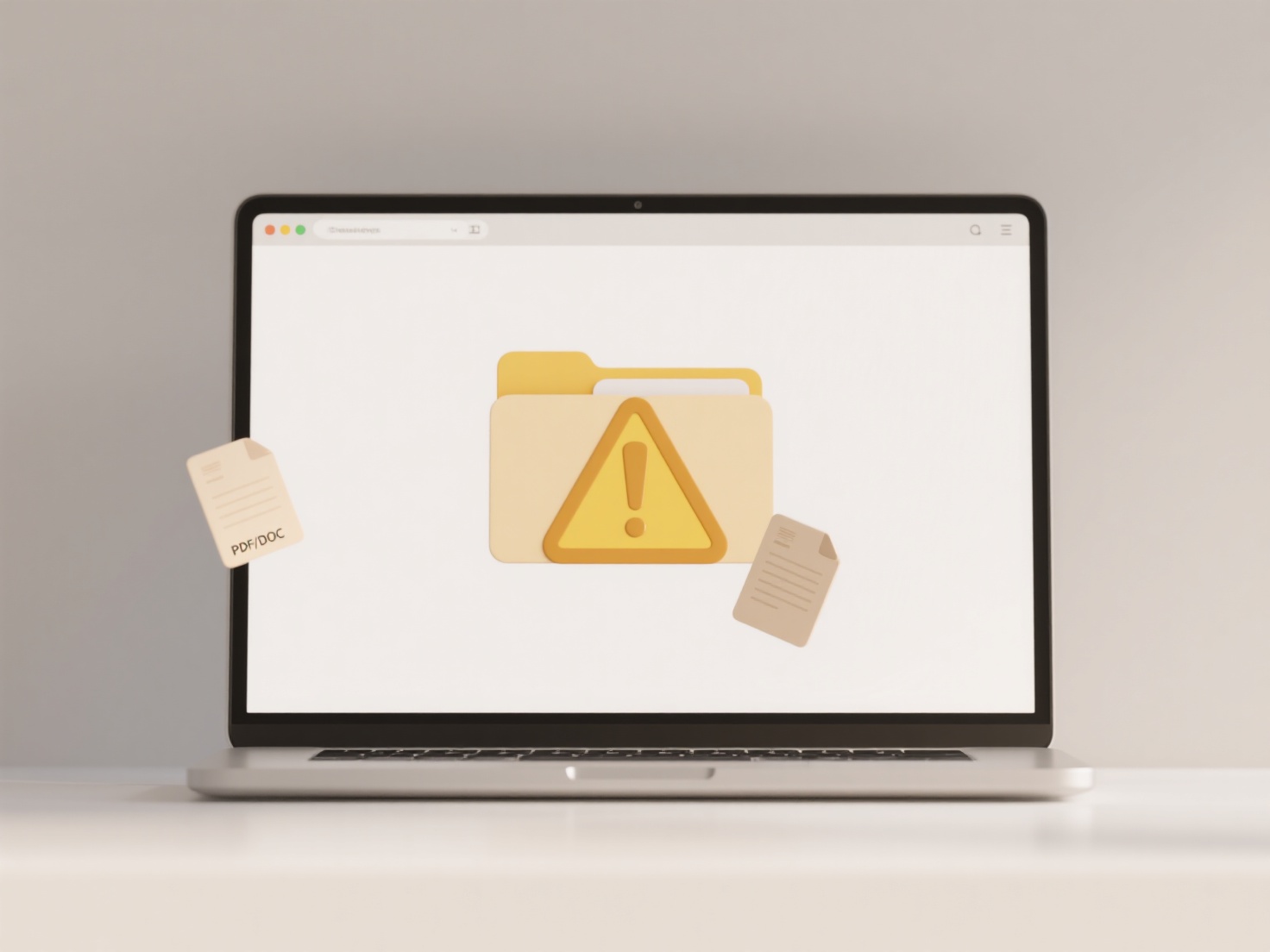
Exporting each slide or page as a separate file involves converting each individual component of a presentation or document into its own distinct file, rather than saving the entire deck as one single unit. This process extracts slides (like from PowerPoint or Google Slides) or pages (like from PDFs or Word documents) individually. It differs significantly from saving the whole presentation as one PDF or PPTX file, which bundles all content together.

In practice, this is commonly done using built-in features in software like Microsoft PowerPoint ("Save As" > then choose an image format like PNG or JPG per slide) or Adobe Acrobat (using the "Organize Pages" tool to extract specific pages as new PDFs). Specialized tools, such as Batch PDF processors or online file splitters, can automate this process for large multi-page PDF documents, extracting hundreds of pages into individual files simultaneously for analysis, sharing, or archiving.
The main advantage is flexible control over content distribution, allowing sharing specific slides without revealing the entire deck. It saves time when integrating specific visuals into other documents. However, managing many separate files can become cumbersome for large presentations, and manual export processes can be tedious. Automated tools help but require setup. Consider ethical implications regarding selective sharing of content out of its original context. This capability fosters efficient reuse of components and supports modular content management.
How do I export each slide/page as a separate file?
Exporting each slide or page as a separate file involves converting each individual component of a presentation or document into its own distinct file, rather than saving the entire deck as one single unit. This process extracts slides (like from PowerPoint or Google Slides) or pages (like from PDFs or Word documents) individually. It differs significantly from saving the whole presentation as one PDF or PPTX file, which bundles all content together.

In practice, this is commonly done using built-in features in software like Microsoft PowerPoint ("Save As" > then choose an image format like PNG or JPG per slide) or Adobe Acrobat (using the "Organize Pages" tool to extract specific pages as new PDFs). Specialized tools, such as Batch PDF processors or online file splitters, can automate this process for large multi-page PDF documents, extracting hundreds of pages into individual files simultaneously for analysis, sharing, or archiving.
The main advantage is flexible control over content distribution, allowing sharing specific slides without revealing the entire deck. It saves time when integrating specific visuals into other documents. However, managing many separate files can become cumbersome for large presentations, and manual export processes can be tedious. Automated tools help but require setup. Consider ethical implications regarding selective sharing of content out of its original context. This capability fosters efficient reuse of components and supports modular content management.
Quick Article Links
What does execute permission mean?
Execute permission determines whether a specific user or group is allowed to run a file as a program or script. It is a ...
Can I search for files with no content (empty)?
Searching for completely empty files (zero-byte files) is possible and commonly supported. These files exist physically ...
Can I open cloud files without internet?
Opening cloud files without an internet connection is possible, but requires specific setup beforehand. Cloud files are ...